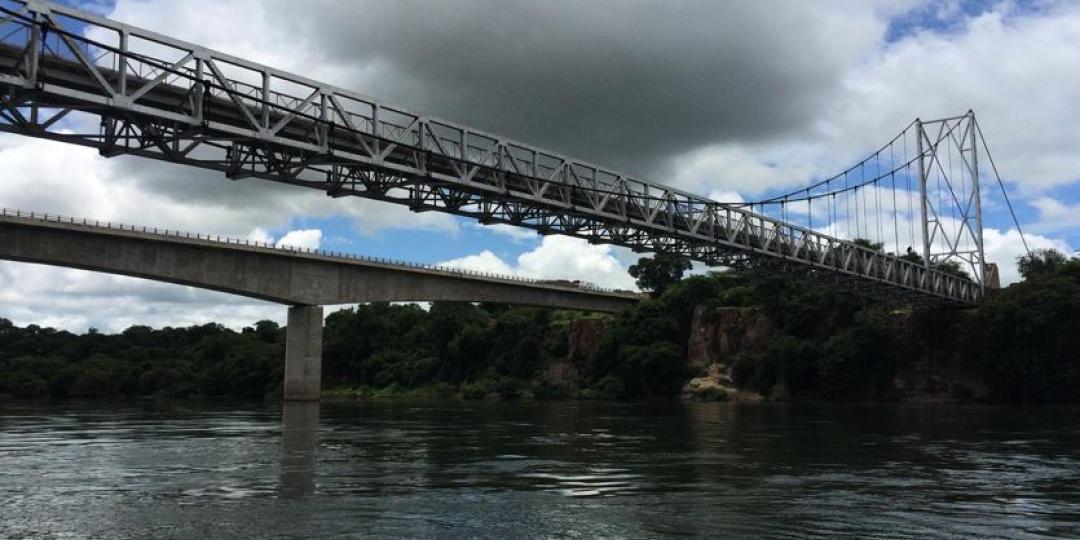Chirundu: Exploring Zimbabwe’s Riverside Oasis Along the Zambezi
Chirundu, a quaint town nestled along the Zambezi River, is a gem waiting to be discovered. Whether you’re a curious Zimbabwean or an international traveler seeking insights into this picturesque destination, our comprehensive guide unveils the multifaceted aspects of Chirundu. From its weather to historical roots, educational institutions to recreational activities, Chirundu offers a diverse range of experiences.
The Weather in Chirundu
Situated in a subtropical region, Chirundu experiences a climate typical of the Zambezi Valley. Summers are hot and humid, with temperatures soaring above 30°C (86°F), while winters are mild and dry, averaging around 20°C (68°F). The rainy season spans from November to April, bringing lush greenery to the landscape.
Location and GPS Coordinates of Chirundu
Chirundu is strategically positioned on the border between Zimbabwe and Zambia. The town’s GPS coordinates are approximately 16.0342° S latitude and 28.8526° E longitude. This prime location grants visitors breathtaking views of the Zambezi River and easy access to the nearby Lower Zambezi National Park.
History of Chirundu
Chirundu’s history is deeply rooted in its role as a pivotal trade and transport hub. Originally inhabited by the Tonga people, the town gained prominence in the colonial era when it served as a key crossing point on the Zambezi River. The construction of the Chirundu Bridge in 1939 further solidified its significance in connecting Zimbabwe and Zambia.
Chirundu, situated on the Zimbabwe-Zambia border within the Mashonaland West province, is more than just a village; it’s a significant border post. The etymology of its name, “Big Hill,” hints at the geographical features that define this locale. Nestled on the banks of the Zambezi River, Chirundu finds its place in the warm embrace of the Zambezi Valley. Notably, it hosts the Chirundu Bridges, a pair of road bridges spanning the Zambezi River.
Across the river on the Zambian side lies a slightly larger town, also named Chirundu. Serving as a pivotal point for cross-border traffic between Harare in Zimbabwe and Lusaka in Zambia, the Chirundu Bridges play a vital role in facilitating regional connectivity.
In essence, Chirundu transcends its status as a border post and village; it emerges as a dynamic enclave where nature, culture, and connectivity converge along the Zambezi River.
Size & Population of Chirundu
As of the last census in 2022, Chirundu boasts a modest population of around 7,500 residents. Despite its relatively small size, the town’s economic activities, fueled by trade and tourism, contribute significantly to the local economy.
Also Read: Murambinda: A Rural Gem in Zimbabwe’s Eastern Highlands
Distance from Harare City Centre to Chirundu
Chirundu is located approximately 354 kilometers (215 miles) northeast of Harare, Zimbabwe’s capital city.
How many hours to travel from Harare to Chirundu
The journey from Harare to Chirundu takes around 4 to 5 hours by car, depending on the route and traffic conditions.

Chirundu: Exploring Zimbabwe’s Riverside Oasis Along the Zambezi
Distance from Chirundu to Mutare
Traveling eastward, Chirundu is about 618 kilometers (400 miles) from Mutare, another prominent town in Zimbabwe.
Travel time from Chirundu to Mutare
The road trip from Chirundu to Mutare typically spans 8 to 9 hours, offering travelers a scenic drive through the Zimbabwean landscape.
Chirundu Town Council Contact Details
For inquiries or information about Chirundu’s municipal affairs, you can contact the Chirundu Town Council at the following:
- Address: Chirundu Town Council, P.O. Box 30, Chirundu, Zimbabwe
- Phone: +263 77 362 0146
- Email: chirundutowncouncil@gmail.com
- Website: Chirundu Town Council
Schools in Chirundu
Chirundu is home to several primary and secondary schools, providing education to local children.
- Chirundu Primary School
- Chirundu Secondary School
- Chirundu Trust School
- Tiyamike Community School
Colleges and Universities in or near Chirundu
While Chirundu itself doesn’t host higher education institutions, nearby cities like Lusaka in Zambia and Harare in Zimbabwe offer a variety of colleges and universities.
- Chirundu Institute of Health and Applied Sciences
- Chinhoyi University of Sciences
- University of Zimbabwe
Lodges In Chirundu
For those seeking a comfortable stay, Chirundu offers a range of lodges along the Zambezi River, providing stunning views and a serene atmosphere. Popular choices include Zambezi Breeze Lodge and Chirundu Safari Lodge.
- Machembere Lodge
- Mthuzi Nadi Lodge
- Chirundu Valley Motel
- Gwabi River Lodge
Things to do in Chirundu
Chirundu is more than a gateway; it’s a haven for wildlife enthusiasts and adventurers. The village is encircled by wildlife and safari areas, where elephants are known to amble through the surroundings. This proximity to nature adds a unique charm to Chirundu, making it a destination where the boundaries between village life and the wild intertwine.
Fishing enthusiasts also find solace in Chirundu, drawn to the Zambezi River’s waters teeming with aquatic life. The village has become a popular destination for those seeking a serene escape coupled with the thrill of angling.
- Lower Zambezi National Park
- Matusadonha National Park
- Chirundu Fossil Forest
Trivia
- The Chirundu Bridge, a vital river crossing, was initially built as a railway bridge before being converted for vehicular use.
- Chirundu’s name is derived from the Tonga word “Chirunhuru,” meaning “the sound of water,” a nod to the Zambezi River’s soothing presence.
References:
- “Chirundu Town Council Official Website.” Chirundu Town Council
- Zimbabwe National Statistics Agency. (2022). “Zimbabwe Population Census.”
- Lower Zambezi National Park Official Website. Lower Zambezi National Park



